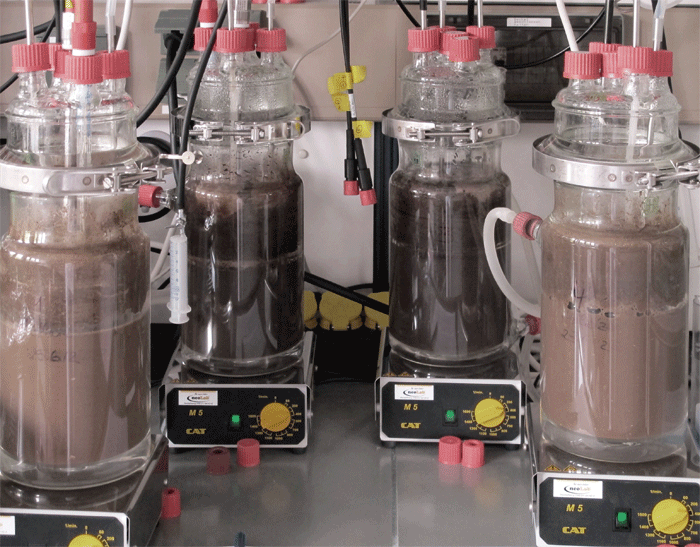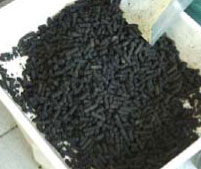At Fraunhofer IGB, we develop processes to create an added value from waste or residual materials. Biotechnological processes can be established economically and ecologically advantageous for the substance recycling along with waste and wastewater treatment.
The best known substance recycling process of organic materials such as biowaste or sewage sludge is the recovery of biogas as a renewable energy source. Organic residues that cannot be recycled further are particularly suitable for conversion by means of digestion. In this process, anaerobic microorganisms break down organic carbon compounds via various intermediate stages to produce biogas, a mixture of methane and carbon dioxide.
By integrating further appropriate process steps, additional value substances such as fertilizer salts (from nitrogen and phosphate ingredients of sludge, sludge water, digestion residues and other waste) can be recovered.
 Fraunhofer Institute for Interfacial Engineering and Biotechnology IGB
Fraunhofer Institute for Interfacial Engineering and Biotechnology IGB




